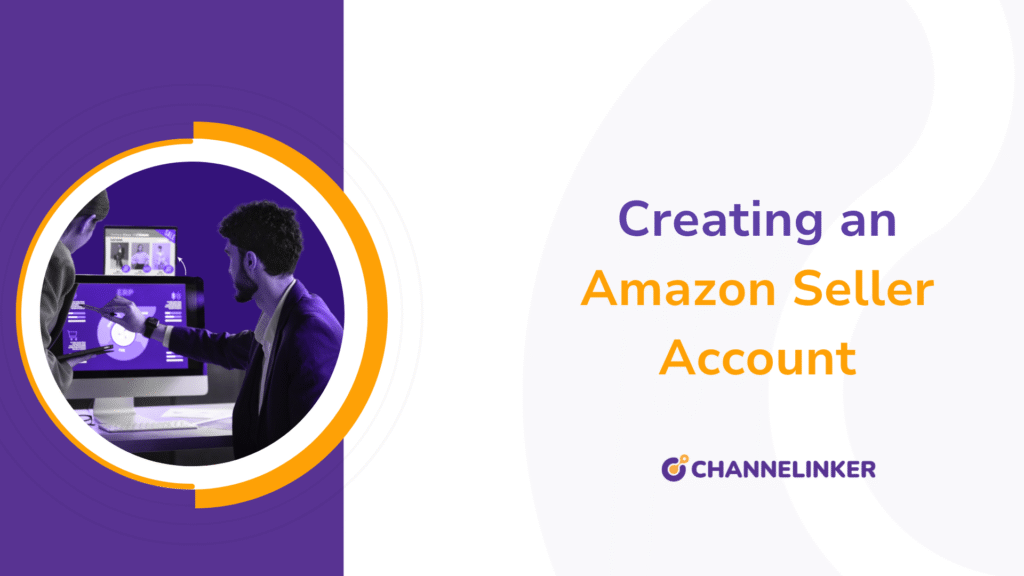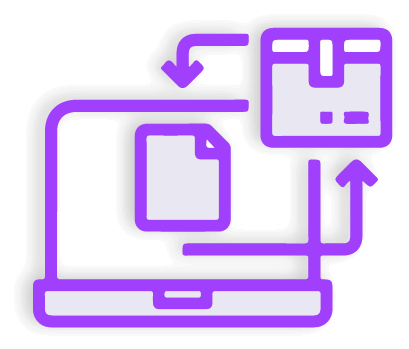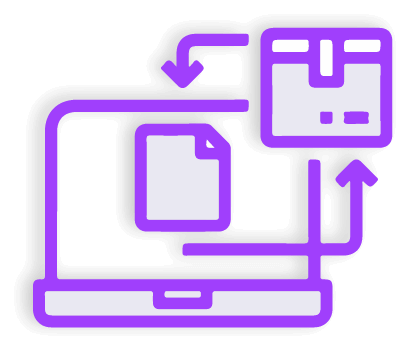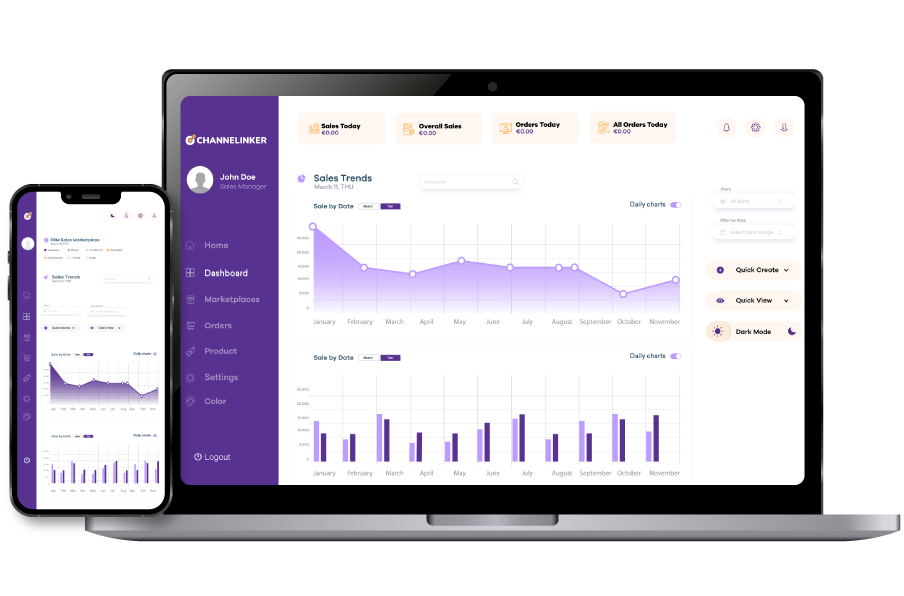Creating an Amazon Seller Account: The Comprehensive 2025 Guide

Setting up an Amazon seller account is an essential first step for entrepreneurs aiming to build a thriving e-commerce business. Whether you’re an individual seller exploring e-commerce or an established enterprise looking to expand your digital footprint, understanding the registration process, account types, and best practices is crucial. This extensive guide offers you detailed insights a to set up and manage your Amazon seller account effectively in 2025.
Amazon Seller Account Types: Individual vs. Professional
Amazon offers two distinct types of seller accounts: Individual and Professional. Each type caters to different selling volumes and business needs, providing flexibility and scalability.
An Individual Account suits sellers who expect fewer than 40 monthly sales. This account doesn’t carry a monthly subscription fee but charges $0.99 per sale, alongside standard referral fees. It has limited functionalities and is perfect for those casually testing the e-commerce waters or handling occasional sales.
In contrast, a Professional Account is recommended for businesses and serious sellers aiming for higher volumes, typically more than 40 sales per month. With a monthly fee of $39.99 plus referral fees per sale, this account unlocks advanced selling tools such as bulk listings, advertising capabilities, access to detailed sales analytics, and eligibility for the coveted Buy Box.
For optimal efficiency, professional sellers often use integrated management solutions like Channelinker’s Marketplace Integration to simplify operations across multiple marketplaces.
Step-by-Step Amazon Seller Registration Process
Creating an Amazon seller account involves several clear steps:
- Navigate to the Amazon Seller Central homepage and click on the “Sign Up” button.
- Select your target marketplace(s), such as the United States, United Kingdom, European Union, or other global marketplaces.
- Sign in with an existing Amazon account or create a new account specifically for selling.
- Enter detailed business information, including your business name, physical address, contact details, and operational specifics.
- Provide billing information for account fees using a valid credit or debit card.
- Complete Amazon’s mandatory verification process, which often involves submitting required documents and participating in video verification to confirm your identity.
- Undertake the appropriate tax interview, submitting forms like the W-9 for U.S. sellers or the W-8BEN for international sellers.
- Await account approval, usually provided by Amazon within 24 to 72 hours upon successful completion of all verification steps.
For complex integrations or additional assistance, sellers often utilize resources such as Channelinker’s Amazon Integration Guide.
Essential Documentation and Verification for Amazon Sellers
Amazon enforces strict documentation and verification requirements to ensure seller authenticity:
For individuals, required documents include a valid government-issued ID (passport or driver’s license), active payment methods (credit/debit card), current contact information, and proof of address (utility bills or bank statements).
Businesses must additionally provide a company registration certificate, VAT number (if applicable in your jurisdiction), proof of registered business address, and identification documents for any authorized representative handling the account.
To combat fraud, Amazon frequently employs live video verification, requiring you to show original identification documents and answer identity-confirming questions in real-time.
Refer to the Amazon Seller University for comprehensive compliance details and updates.
Configuring Your Business Information in Amazon Seller Central
Once verified, optimize your Amazon Seller Central account to manage operations efficiently:
- Accurately enter business and branding details, which customers will see during transactions.
- Clearly define your tax obligations by configuring relevant tax settings, including VAT and regional or state taxes.
- Select your fulfillment strategy, choosing between Fulfilled by Amazon (FBA) or Merchant Fulfilled options based on your business model.
- Establish efficient payment and bank account settings, focusing on solutions that minimize currency conversion and transaction fees.
- Consider enrolling in the Amazon Brand Registry to safeguard your intellectual property, build consumer trust, and access enhanced marketing tools (Amazon Brand Registry).
Maintaining Amazon Seller Account Health
Good account health is vital for your long-term success on Amazon, directly affecting your ability to sell uninterrupted:
Amazon measures several critical performance metrics:
- Order Defect Rate: Maintain below 1%.
- Late Shipment Rate: Keep below 4%.
- Pre-Fulfillment Cancellation Rate: Stay below 2.5%.
- Valid Tracking Rate: Maintain above 95%.
- Return Dissatisfaction Rate: Keep below 10%.
Implement robust practices such as synchronizing inventory regularly, promptly responding to customer inquiries (within 24 hours), addressing claims proactively, and leveraging fulfillment solutions such as Amazon FBA or third-party logistics (3PL) integrated solutions, like those offered by Channelinker’s Fulfillment Integration.
Most Asked FAQs for Amazon Sellers (Geo Optimization)
Can international sellers register on Amazon US?
Absolutely, international sellers can register and sell on Amazon US, provided they have valid identification, billing information, and appropriate tax documentation.
Is VAT registration mandatory for Amazon Europe?
Yes, if you hold inventory in Europe or exceed distance selling thresholds, VAT registration is required. Each EU country has unique thresholds and compliance requirements.
Is video verification compulsory for all sellers?
While increasingly common, particularly for new accounts in Europe, the UK, and the US, video verification depends on specific regional policies and risk assessment processes.
Can sellers easily expand internationally with Amazon?
Yes, Amazon supports Global Selling programs, enabling sellers to reach international markets. Utilizing integrated solutions like Channelinker can simplify the complexities of global market management.
Are fees different between Amazon US and Amazon UK?
Fee structures are fundamentally similar, consisting of referral fees, subscription fees for professional accounts, and fulfillment fees if using FBA. However, exact amounts vary slightly by marketplace.
Scaling Your Amazon Business: Next Steps
After successfully establishing your Amazon seller account, strategic scaling is essential. Effective use of analytics, automation tools, and marketplace integrations becomes critical. Advanced platforms like Channelinker assist sellers with robust functionalities such as:
- Multichannel automation
- Advanced listing optimization powered by AI
- Real-time inventory synchronization
- Data-driven marketplace insights
Additional Resources
Explore further resources to enhance your Amazon selling experience:
External Trustworthy References
- Amazon Seller Central Help
- IRS Guide for International Sellers (W-8BEN)
- Amazon Seller University Official Resources
For tailored solutions and personalized support in creating and optimizing your Amazon seller account, connect with Channelinker today and start growing your e-commerce business efficiently and effectively.


